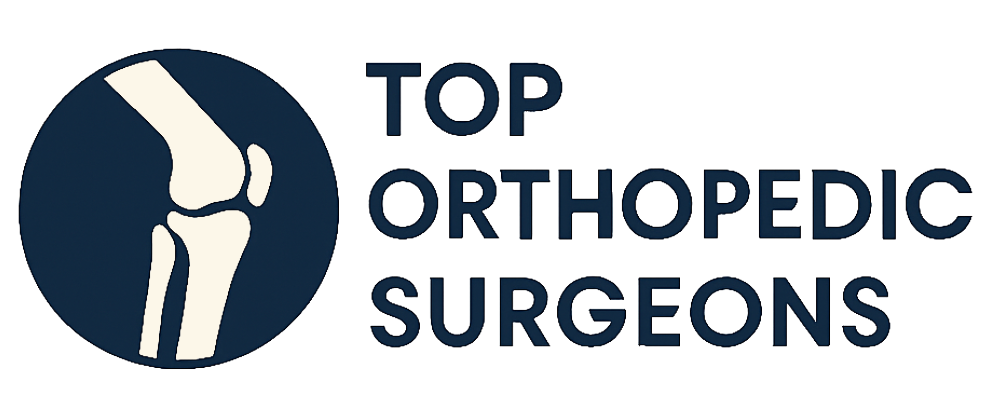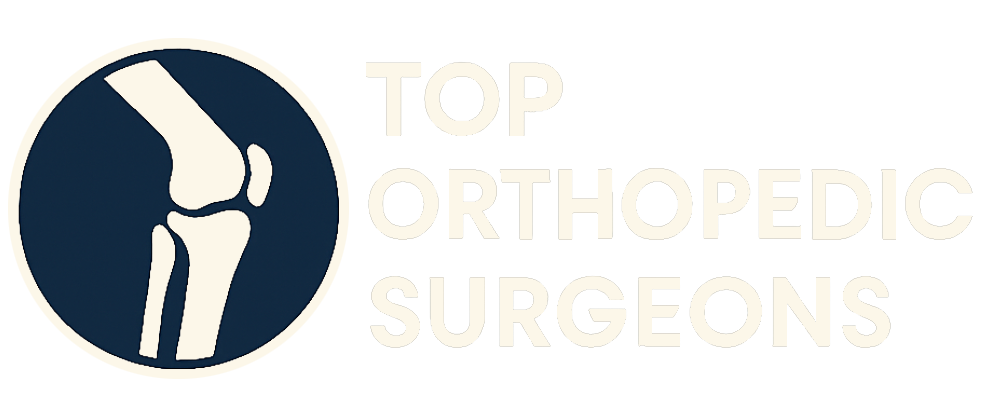As we age, our bodies undergo changes that can increase the risk of injury. Understanding the common types of injuries experienced by the elderly, along with their causes and effective prevention strategies, is crucial for maintaining an active and fulfilling life. This guide aims to provide clear and supportive information to help you or your loved ones navigate the challenges associated with aging and injury prevention.
Common Injuries in the Elderly
Several types of injuries are more prevalent among older adults due to age-related changes, chronic conditions, and environmental factors. Recognizing these common injuries is the first step in taking proactive measures to prevent them.
Falls
Falls are the leading cause of injuries in the elderly, often resulting in fractures, head trauma, and other serious complications. Several factors contribute to the increased risk of falls:
- Balance Issues: Age-related changes in the inner ear, vision, and nervous system can impair balance and coordination.
- Muscle Weakness: Reduced muscle mass and strength, particularly in the legs and core, can make it difficult to maintain stability.
- Medications: Certain medications can cause dizziness, drowsiness, or other side effects that increase the risk of falling.
- Environmental Hazards: Uneven surfaces, poor lighting, clutter, and lack of grab bars in bathrooms can create tripping hazards.
- Chronic Conditions: Conditions like arthritis, neuropathy, and Parkinson’s disease can affect gait and balance.
Fractures
Fractures, particularly hip fractures, are a significant concern for older adults. Osteoporosis, a condition characterized by decreased bone density, makes bones more fragile and susceptible to breaks. Common fracture sites include:
- Hip: Hip fractures often require surgery and can lead to long-term disability and reduced quality of life.
- Wrist: Wrist fractures are common after falls onto an outstretched hand.
- Spine: Vertebral compression fractures can occur even without a major fall, causing pain and mobility limitations.
Sprains and Strains
Sprains and strains, injuries to ligaments and muscles respectively, can occur due to sudden movements, overexertion, or falls. While not always as serious as fractures, they can still cause pain, swelling, and limited mobility. Common sites for sprains and strains include:
- Ankle: Ankle sprains are common after twisting the ankle during walking or other activities.
- Back: Back strains can result from lifting heavy objects or performing repetitive movements.
- Shoulder: Shoulder strains can occur from reaching overhead or participating in sports.
Head Injuries
Head injuries, including concussions and traumatic brain injuries (TBIs), can result from falls or other accidents. Even minor head injuries can have serious consequences for older adults, including cognitive impairment, dizziness, and balance problems. Symptoms of a head injury may include:
- Headache
- Dizziness
- Confusion
- Memory Loss
- Nausea and Vomiting
Preventing Injuries in the Elderly
While it’s impossible to eliminate the risk of injury entirely, there are many steps you can take to reduce the likelihood of accidents and promote safety. A proactive approach to injury prevention can significantly improve the quality of life for older adults.
Home Safety Modifications
Making modifications to the home environment can eliminate potential hazards and create a safer living space.
- Improve Lighting: Ensure adequate lighting in all areas of the home, especially hallways, stairways, and bathrooms. Use nightlights to illuminate pathways at night.
- Remove Hazards: Clear clutter, secure loose rugs, and repair uneven flooring. Arrange furniture to provide clear pathways.
- Install Grab Bars: Install grab bars in bathrooms near the toilet and shower to provide support and stability.
- Use Non-Slip Mats: Place non-slip mats in the shower, bathtub, and near sinks to prevent slips and falls.
- Consider a Stairlift or Ramp: If stairs are a challenge, consider installing a stairlift or ramp to improve accessibility.
Exercise and Physical Activity
Regular exercise can improve strength, balance, and coordination, reducing the risk of falls and other injuries. Consult with a healthcare professional to develop an exercise program that is safe and appropriate for your individual needs. Recommended exercises include:
- Balance Exercises: Activities like Tai Chi, yoga, and standing on one foot can improve balance and stability.
- Strength Training: Exercises using weights or resistance bands can build muscle strength and improve bone density.
- Flexibility Exercises: Stretching exercises can improve range of motion and reduce stiffness.
- Aerobic Exercise: Activities like walking, swimming, or cycling can improve cardiovascular health and endurance.
Medication Management
Work with your healthcare provider to review your medications and identify any that may increase the risk of falls or other side effects. Be aware of potential drug interactions and follow your doctor’s instructions carefully. Consider the following:
- Regular Medication Reviews: Schedule regular appointments with your doctor or pharmacist to review your medications and discuss any potential side effects or interactions.
- Proper Dosage: Take medications as prescribed and avoid taking more than the recommended dose.
- Monitor Side Effects: Be aware of potential side effects of your medications, such as dizziness, drowsiness, or confusion, and report them to your doctor.
Vision and Hearing Care
Poor vision and hearing can increase the risk of falls and other accidents. Schedule regular eye and ear exams to ensure that any vision or hearing problems are addressed promptly. Corrective lenses or hearing aids can significantly improve safety and quality of life.
- Annual Eye Exams: Schedule annual eye exams to detect and treat vision problems such as cataracts, glaucoma, and macular degeneration.
- Hearing Tests: Get regular hearing tests to identify and address any hearing loss.
- Wear Corrective Lenses: Wear eyeglasses or contact lenses as prescribed to ensure clear vision.
- Use Hearing Aids: Use hearing aids as prescribed to improve hearing and reduce the risk of miscommunication and accidents.
Nutrition and Bone Health
A healthy diet rich in calcium and vitamin D is essential for maintaining strong bones and preventing osteoporosis. Include calcium-rich foods such as dairy products, leafy green vegetables, and fortified cereals in your diet. Vitamin D can be obtained from sunlight exposure and fortified foods, or through supplements. Consider these points:
- Calcium Intake: Aim for at least 1200 mg of calcium per day.
- Vitamin D Intake: Aim for at least 800 IU of vitamin D per day.
- Weight-Bearing Exercise: Engage in weight-bearing exercises such as walking, jogging, or dancing to strengthen bones.
- Avoid Smoking and Excessive Alcohol: Smoking and excessive alcohol consumption can weaken bones and increase the risk of fractures.
Assistive Devices
Consider using assistive devices such as walkers, canes, or grab bars to provide support and stability. A physical therapist or occupational therapist can assess your needs and recommend appropriate assistive devices. Remember to:
- Choose the Right Device: Select an assistive device that is appropriate for your needs and abilities.
- Proper Fit: Ensure that the assistive device is properly fitted and adjusted to your height and weight.
- Learn Proper Use: Learn how to use the assistive device safely and effectively.
- Maintain the Device: Keep the assistive device in good working condition and replace it if it becomes damaged or worn.
Treatment Options for Injuries in the Elderly
If an injury does occur, prompt and appropriate treatment is essential for promoting healing and preventing complications. Treatment options vary depending on the type and severity of the injury. Common treatments include:
Fracture Care
Fractures often require immobilization with a cast or splint to allow the bone to heal properly. In some cases, surgery may be necessary to repair the fracture. Physical therapy is often recommended to restore strength, range of motion, and function after a fracture. Depending on the fracture type, these options could be viable:
- Casting or Splinting: Immobilizing the fractured bone to promote healing.
- Surgery: Surgical intervention may be required to stabilize the fracture with pins, screws, or plates.
- Pain Management: Medications can help manage pain during the healing process.
- Physical Therapy: Rehabilitation exercises to restore strength, range of motion, and function.
Sprain and Strain Management
Sprains and strains are typically treated with rest, ice, compression, and elevation (RICE). Pain relievers may be used to manage pain and inflammation. Physical therapy can help restore strength, flexibility, and range of motion. Consider these treatments:
- RICE Therapy: Rest, ice, compression, and elevation to reduce swelling and pain.
- Pain Relievers: Over-the-counter or prescription pain relievers to manage pain and inflammation.
- Physical Therapy: Exercises to restore strength, flexibility, and range of motion.
Head Injury Treatment
Head injuries require careful monitoring to detect any signs of complications. Treatment may include rest, pain relievers, and observation. In severe cases, surgery may be necessary to relieve pressure on the brain. Monitor for:
- Observation: Monitoring for signs of worsening symptoms.
- Rest: Avoiding strenuous activities to allow the brain to heal.
- Pain Relievers: Medications to manage headache and other symptoms.
- Surgery: In severe cases, surgery may be required to relieve pressure on the brain.
Rehabilitation
Rehabilitation plays a crucial role in helping older adults recover from injuries and regain their independence. A physical therapist or occupational therapist can develop a personalized rehabilitation plan to address your specific needs and goals. Rehabilitation may include:
- Strength Training: Exercises to build muscle strength and improve function.
- Balance Training: Exercises to improve balance and stability.
- Range of Motion Exercises: Exercises to improve flexibility and range of motion.
- Functional Training: Activities to improve the ability to perform everyday tasks.
Understanding the risks and taking preventive measures are key to minimizing injuries in the elderly. By making simple modifications to the home environment, engaging in regular exercise, managing medications effectively, and seeking prompt treatment for injuries, older adults can maintain their independence and enjoy a higher quality of life. Prioritize safety and well-being, and remember that even small changes can make a significant difference in preventing injuries and promoting a healthier, more active lifestyle.


